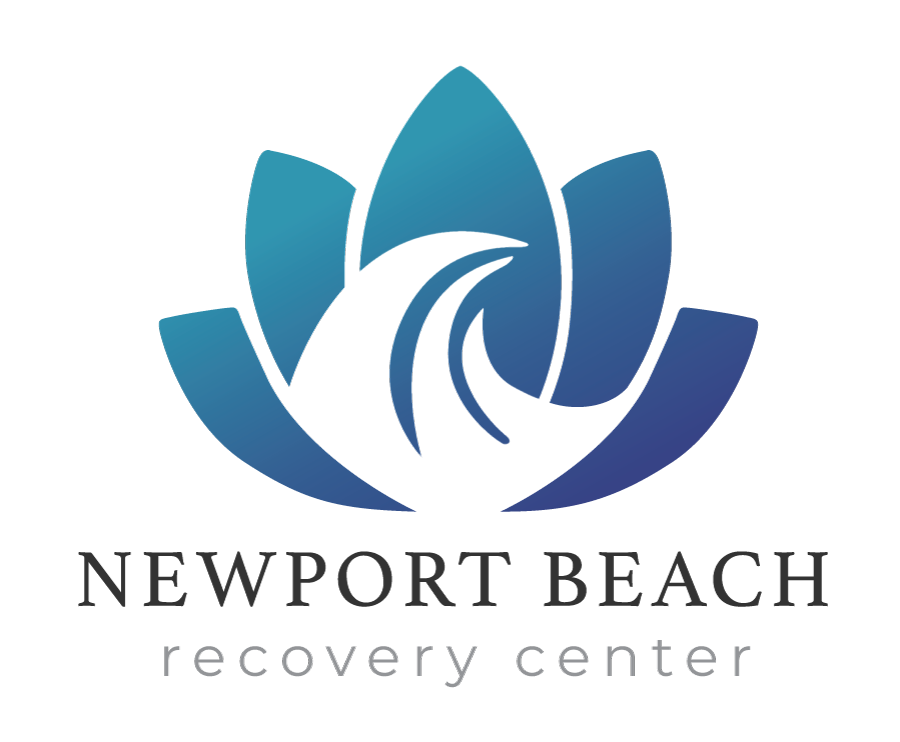Nearly 20 million Americans, ages 12 and older, struggle with substance abuse, and an estimated 8.5 million of that number (nearly half) also have a mental health disorder. Statistically, women are different when it comes to substance abuse. A woman can take a lower dose of a drug over a shorter time period and become addicted, compared to a man. Their physical and psychological reaction can also be different, with more cravings and a higher likelihood of relapse. But, women are also more sensitive and can be adversely affected by drugs much sooner and at a more serious level in relation to effects to the heart. It’s probably not surprising, then, that women are more likely to suffer from overdose and end up in the emergency room. Approximately 5.2% of women have a substance abuse problem.
What is Women’s Only Rehab? A Brief History
The idea of a Women’s Only Rehab center is not new to addiction treatment. The push toward a better understanding of how substance abuse affects women can be linked to the women’s rights movement in the 1970s, but there was also a drive to recognize how the care for women with substance abuse problems might be different. It’s tied with the drive to understand what social differences and how employment, family, and health are treated differently (with inequality).
Trauma and other stressors can also contribute to panic attacks, depression, and anxiety. One-in-four women are also affected by domestic violence and abuse, which also puts them at a higher risk of turning to alcohol or drugs for coping. Fear and pain are at the core of the substance abuse experience of many women. The idea behind Women’s only (or gender-sensitive) addiction treatment centers around the considerations of the experience of women is different both from a substance abuse point of view, but also in the process of rehab, addiction treatment and their road to recovery.
How is Treatment Different?
Addiction treatment includes many of the same components, but women’s only treatment may focus more heavily on some elements. The goal is to help women work through substance abuse, mental health conditions, as well as other treatment needs. It’s typically a multidisciplinary approach, with a focus on one-and-one support and counseling, mental health treatment, and behavior therapy to address those lifestyle habits and emotional concerns, as well as long-term aftercare support. Women’s only treatment can also incorporate naltrexone to ease cravings, as well as detox, therapy, and social support.
What Additional Considerations Do Women Face?
Women face additional obstacles both in the home and in society, which may make them less likely to seek addiction treatment and rehab. Women tend to be the primary care-giver, so they may feel like they can’t take time off to recover. Women are also more likely to have experienced traumatic events that affected them deeply. Among women who are experiencing substance abuse issues, they also deal with anxiety, depression, cravings, and eating disorders. Addiction treatment will affect women differently, but it can take a lot more for a woman to seek help.
Find a Woman’s Only Rehab Center:Â Newport Beach Recovery
The good news is that you’re not alone. There are women’s only programs to meet your specific treatment needs. At Newport Beach Recovery, we’re here to offer targeted addiction treatment and care in Costa Mesa, CA. We’re a gender-specific treatment center, so you can find the care and support you need to face your unique challenges. You can break free from addiction in a relaxing and healing setting with an ocean view.
